AI Skills Gap: Build, Buy, or Partner?
Your AI strategy is solid. Your data is clean. Your ROI projections look promising. Then you realize nobody on your team actually knows how to implement, manage, or optimize AI systems. You're not alone—85% of companies report AI talent as their biggest implementation barrier.
The tempting response is to start posting job descriptions for AI engineers and data scientists. But hiring your way out of the skills gap is often the most expensive and slowest path forward. Smart companies are taking a more strategic approach to building AI capabilities.
Here's how to decide whether to build internal expertise, buy external talent, or partner with specialists—and how to execute each approach successfully.
The Real Skills You Actually Need
Most companies overestimate the technical expertise required for AI success. You don't need PhD-level machine learning researchers to implement customer service chatbots or automated document processing. Break down AI skills into three distinct categories:
AI Strategy and Governance: Understanding what AI can and can't do, making build-versus-buy decisions, managing vendor relationships, and ensuring AI initiatives align with business objectives. This requires business judgment more than technical depth.
AI Implementation and Integration: Connecting AI tools to existing systems, managing data pipelines, configuring AI applications for specific business processes. This is systems integration work that most IT teams can learn.
AI Development and Optimization: Building custom models, fine-tuning algorithms, advanced data science work. This is where you need specialized technical talent—but only if you're building proprietary AI capabilities.
Most companies need the first two categories immediately and the third category only for competitive differentiation projects.
Build: Developing Internal AI Capabilities
Building internal AI expertise makes sense when AI becomes core to your competitive advantage or when you need deep control over proprietary processes.
When to Build:
AI directly drives your primary value proposition
You have sensitive data that can't leave your environment
You need highly customized solutions that don't exist in the market
You have budget for 12-18 month skill development timelines
The Build Strategy: Start by upskilling existing staff rather than hiring new specialists. Your best AI implementers are often current employees who understand your business processes and can bridge the gap between AI capabilities and operational needs.
Target candidates for AI training: Business analysts who already work with data, IT professionals comfortable with APIs and integrations, project managers who understand cross-functional implementation challenges.
Training Investment: Budget $15,000-25,000 per person for comprehensive AI training programs. Focus on practical implementation skills rather than theoretical knowledge. Programs like Google's AI for Everyone or Microsoft's AI Business School provide business-focused AI education.
Timeline Reality: Expect 6-12 months before trained staff can independently manage AI projects. Plan for 18 months before they can lead complex implementations.
Buy: Hiring AI Talent
Hiring dedicated AI professionals makes sense when you need immediate expertise and have ongoing AI development needs that justify full-time roles.
When to Buy:
You're building multiple AI applications simultaneously
You need custom model development that requires specialized skills
You have budget for competitive AI salaries (data scientists average $120,000-180,000)
You can provide interesting, challenging work that attracts top talent
The Hiring Reality Check: Quality AI talent is expensive and scarce. Plan for 6-12 month hiring cycles and expect to pay 20-30% above market rates in competitive areas. More importantly, AI specialists need interesting problems to solve—they won't stick around to configure vendor solutions.
Alternative Approach: Instead of hiring traditional data scientists, consider "AI Product Managers" who understand both business needs and AI capabilities. These hybrid roles are easier to fill and often more valuable for implementation-focused companies.
Budget Planning: Beyond salary, factor in specialized tools, cloud computing costs, and ongoing training. A productive AI team member typically requires $30,000-50,000 annually in supporting resources.
Partner: Working with AI Specialists
Partnering with AI consultancies or managed service providers offers the fastest path to AI implementation while building internal knowledge gradually.
When to Partner:
You need AI expertise immediately for specific projects
Your AI needs are episodic rather than continuous
You want to test AI applications before committing to internal capabilities
You lack the scale to justify full-time AI specialists
Partnership Models:
Implementation Partnerships: AI consultancies handle project delivery while training your team on ongoing management. Good for deploying specific AI applications with knowledge transfer built in.
Managed AI Services: External teams handle the technical aspects while your staff focuses on business integration and optimization. Works well for standard AI applications like document processing or customer service automation.
Hybrid Consulting: External AI experts work alongside your team on joint projects, building internal capabilities through hands-on collaboration rather than formal training.
Partner Selection Criteria: Look for firms that emphasize knowledge transfer, have experience in your industry, and can point to successful implementations at companies similar to yours. Avoid partners who want to own the AI relationship permanently.
The Practical Approach: Start With Partners, Build Selectively
Most successful AI implementations begin with partnerships and evolve toward internal capabilities based on results and strategic importance.
Phase 1 (Months 1-6): Partner with AI specialists to implement your first 2-3 AI applications. Focus on learning what AI can actually do in your environment and what skills you need most.
Phase 2 (Months 6-12): Based on initial results, decide which AI capabilities are strategic enough to bring in-house. Begin targeted hiring or training for those specific areas while continuing to partner for everything else.
Phase 3 (Months 12-18): Evaluate whether your internal AI capabilities can handle expansion or if continued partnership makes more sense for your scale and complexity.
Making the Decision: Your Skills Gap Assessment
Answer these questions to determine your optimal approach:
Strategic Importance: Will AI directly impact your primary competitive advantages within 24 months? If yes, lean toward building internal capabilities.
Technical Complexity: Are you implementing standard AI applications (chatbots, document processing, basic analytics) or developing custom solutions? Standard applications favor partnering; custom work favors building or buying.
Scale and Timeline: Do you need AI capabilities for multiple ongoing projects or specific implementations? Ongoing needs favor internal development; project-based needs favor partnerships.
Budget and Risk Tolerance: Can you afford 12-18 month development timelines and the risk that trained staff might leave? If not, partnerships offer more predictable costs and timelines.
Your Next Decision Point
Before making any hiring decisions or partnership commitments, complete this two-week assessment:
List the specific AI skills your planned projects actually require
Identify current team members who could develop AI implementation capabilities
Get quotes from 2-3 AI consulting firms for your first implementation project
Calculate the total cost of building versus buying versus partnering over 24 months
The Reality: Most companies benefit from a hybrid approach—partnering for initial implementations while selectively building internal capabilities for strategically important AI applications. The key is matching your skills development strategy to your actual AI ambitions, not your theoretical ones.

